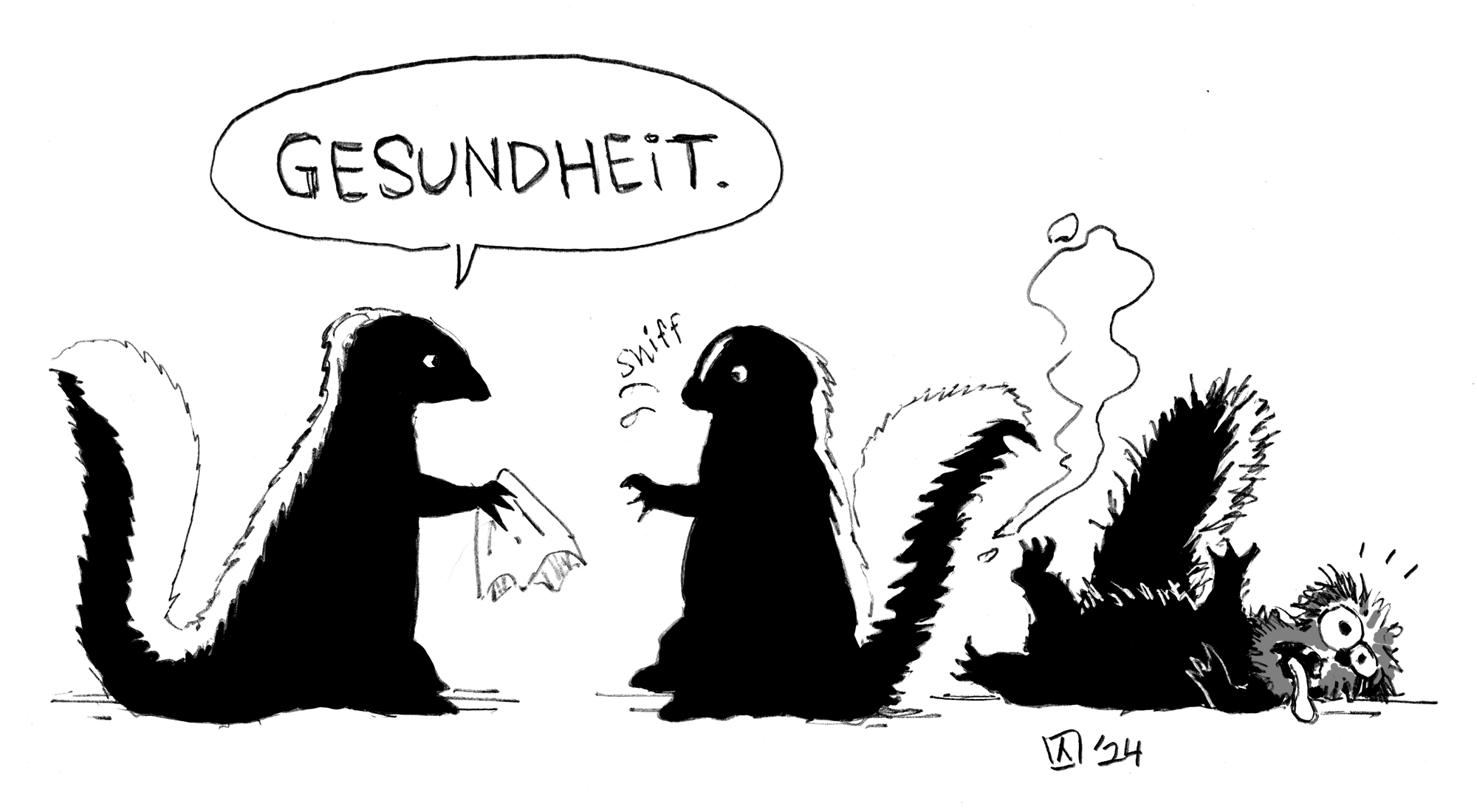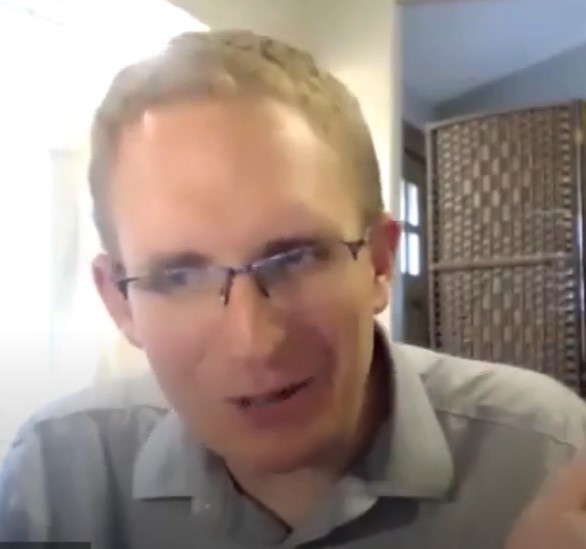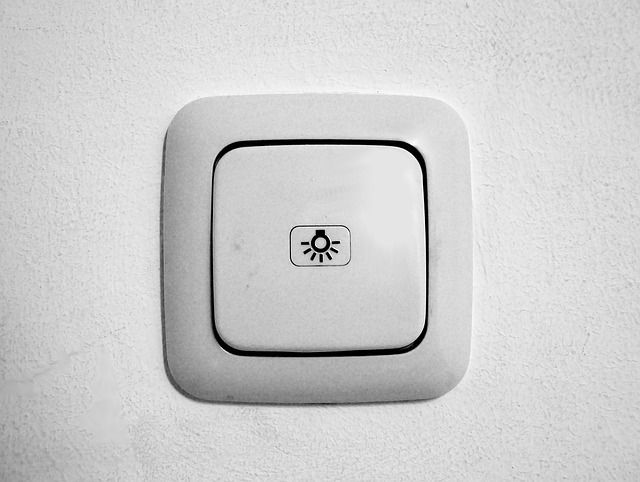In the fall of 2003, my father wrote me a letter shortly after I had embarked on a two-year church mission to eastern Ukraine. “I’ve got to get used to the fact that you won’t be the same guy when you return,” he wrote.
Now, of course, I was, in a purely metaphysical sense, still me when I came home. But my father understood something more of life. He knew that my experiences in Ukraine—learning Russian, navigating a post-Soviet culture, having vanilla Coke sprayed on me by a group of unruly youths critical of America—were designed to transform me at the soul level. Missionaries are sent forth to serve—and, in the process, to become something different, something better.
Ten years later, I was in a room with hundreds of fellow employees of The Church of Jesus Christ of Latter-day Saints when Elder David A. Bednar said this: “Everything about the gospel of [Jesus] Christ is about not staying the same. … You can’t insist on doing things the way you’ve always done them and expect to progress.”
These thoughts are apropos as we emerge from a 16-month journey into what we hope are the sunlit uplands of a world full of faces, handshakes, and hugs. The Jesus of the New Testament and the Book of Mormon is obsessed with humanity’s progress.
Elder Bednar’s words get at the radical beating heart of what it is to be a follower of a man considered by many of His time to be a nefarious nobody from Nazareth. Reading Jesus’ words and walking in His ways often place us at the edge of understanding, pushing us into dark, unknown alleyways and frontiers bursting with hidden treasures of insight.
All that tends to turn our lives upside down—and not by accident. By design.
The Jesus of the New Testament and the Book of Mormon is obsessed with humanity’s progress—a passage, like birth, impossible to bring about without profound pressure on all sides. Really, it’s a rebirth, a series of rebirths. And rebirth always involves some kind of death—whether of will, desire, or habit.
Consider a story from the gospel of John in the New Testament. We sometimes laugh at the naivete of Nicodemus, that first-century Pharisee who approaches Jesus by cover of night (best to not be seen keeping such company). He tells Him how great a teacher He is. “No one could do all the God-pointing, God-revealing acts you do if God weren’t in on it,” he says in Eugene Peterson’s Bible paraphrase.
“You’re absolutely right,” Jesus responds. “Take it from me: Unless a person is born from above, it’s not possible to see what I’m pointing to—to God’s kingdom.”
Confused, Nicodemus asks, “How can anyone be born who has already been born and grown up? You can’t re-enter your mother’s womb and be born again. What are you saying with this ‘born-from-above’ talk?”
“You’re not listening,” Jesus says. “Let me say it again. Unless a person submits to this original creation—the ‘wind-hovering-over-the-water’ creation, the invisible moving the visible, a baptism into a new life—it’s not possible to enter God’s kingdom. When you look at a baby, it’s just that: a body you can look at and touch. But the person who takes shape within is formed by something you can’t see and touch—the Spirit—and becomes a living spirit. So don’t be so surprised when I tell you that you have to be ‘born from above’—out of this world, so to speak. You know well enough how the wind blows this way and that. You hear it rustling through the trees, but you have no idea where it comes from or where it’s headed next. That’s the way it is with everyone ‘born from above’ by the wind of God, the Spirit of God.”
We shouldn’t fault Nicodemus for his obtuseness. If he is me, as should be the case when I study any scripture story, then I want to give myself mountains of mercy. Like an infant learning to walk, we stumble as our minds digest new concepts.
Not long after this exchange with Nicodemus, Jesus endured a painful and unfair death. His desires and His life expired to bring about His resurrection. His is the Rebirth of rebirths, the only bridge spanning the chasm of death and the only eternally reliable foundation of hope and redemption.
The rebirth motif continues in the Book of Mormon. Here we see the newly resurrected Jesus visiting a people on the other side of the planet. In a city called Bountiful, Jesus appears in the flesh to a shaken, humbled society. They are tasting a cold and bitter variety of rebirth as they emerge from three days of terrifying earthquakes, storms, fires, floods, darkness, and the heartrending death of loved ones.
Jesus’s message centers on a rebirth rooted in Him.
“I am the light and the life of the world,” He says. “Arise and come forth unto me, that ye may thrust your hands into my side, and also that ye may feel the prints of the nails in my hands and in my feet, that ye may know that I am the God of Israel, and the God of the whole earth, and have been slain for the sins of the world.” His is the Rebirth of rebirths, the only bridge spanning the chasm of death and the only eternally reliable foundation of hope and redemption.
His resurrected body is the symbol of good things to come. His body is the sign that rebirth is the intended destiny of every man, woman, and child on this Earth.
Similar to my father’s letter mentioned above, our Heavenly Father knows we won’t be the same people when we return to Him. Like a Russian nesting doll, life is a large journey comprising many smaller life-changing journeys within it. The COVID-19 pandemic is one of those. Our God is trusting us to wrestle with it and learn from it. If we exit this once-in-a-century experience without building sturdier souls and healthier societies, then perhaps we are more dead, in a spiritual and intellectual sense, than those many loved ones of blessed memory whom the virus sent to the grave.
Let’s not disappoint Him.

















